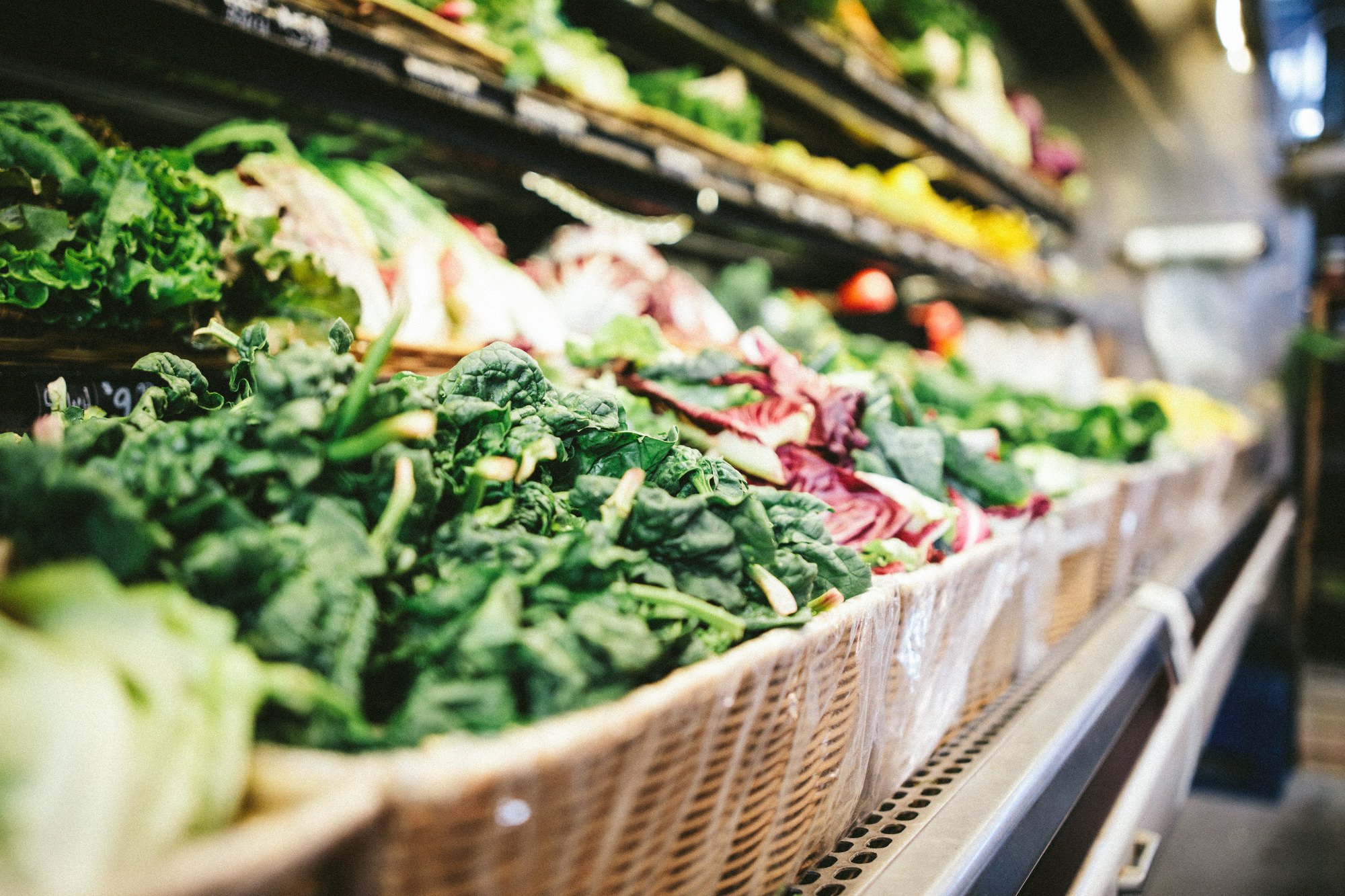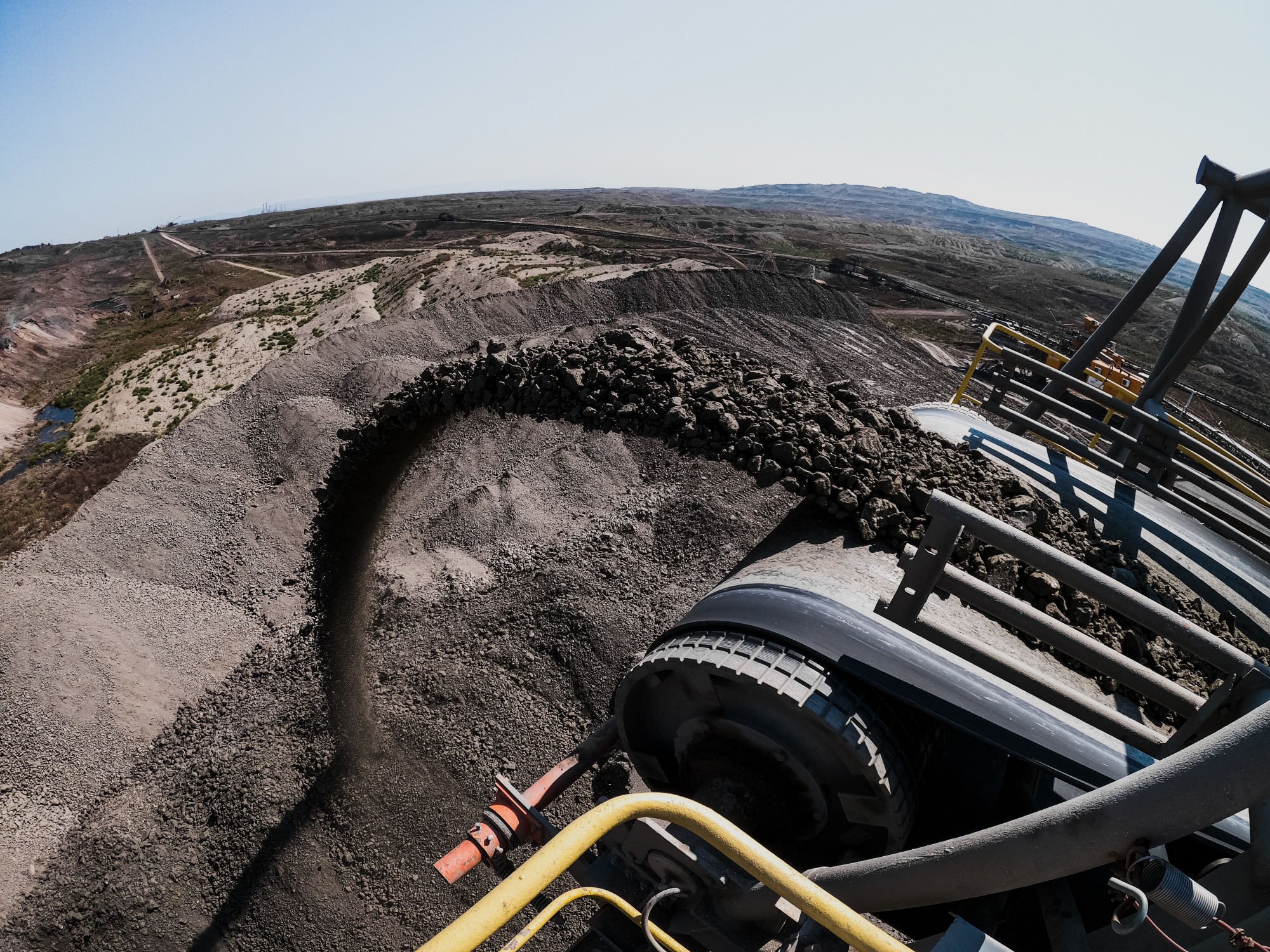

Agri-Food Transition
Quick Facts on the Ecosystem
The fragmented food value chain weighs over USD 20 trillion and is characterized by a high level of complexity and an extraordinary exposure to the VUCA world, that challenges companies on their mission and vision, while pushing them to reset their ambition of a long-term sustainable top line growth and short-term profit management.
Our conviction is that demand and supply are interrelated. The ultimate engine of the Agri-Food transformation is the food transition of consumers, whose food value is continuously changing through their new behaviors and attitudes. However, the impact of this consumer transition is limited by the momentum of each part of the value chain: resources and agricultural-inputs, agriculture, food transformation, distribution and all other stakeholders of the Agri-Food ecosystem.
Macro trends and business implications on the ecosystem:
We approach long-term dynamics through 5 macro-trends and enablers that are reshaping the Agri-Food ecosystem and will be creating long-lasting impact and disruption:
-

Society
Connected people; Natural health; New diets - vegan; Authentic taste and pleasure; Locavore consumption; Food entrepreneurs; Ethical and equitable food systems; Animal welfare, awareness; Food waste awareness ; Convenience to buy/cook; Out of home consumption
-

Politics
Highly subsidised sector immortalising price volatility; Inbalance in global agricultural supply; Food security policies; Slow down, free trade policies; More food safety regulation; Trade terms regulation; Prevent food, scandals; Under and over nutrition costs, sugar and fat taxes
-

Economy
Rising global food expenses; 60% additional food volume to nourish; 10 billion people by 2050; Rising middle classes from 3-4.5bn people by 2030; Urbanisation; Tensions on the workforce; Productivity from tech; Market efficiency for cheap food; Business globalisation
-

Environment
Higher welfare awareness (GHD emissions, chemical contamination etc); Climate change impact on seasonal food supply; Sustainability of food resources, loss of biodiversity versus agriculture, industrialisation and productivity; GMO Limited availability in heterogeneity of water and arable lands
-

Technology
Biotechnology genomic; Digitisation of production, distribution, (online and off-line) and consumption; Mechanisation, robotics, IOT AI, Blockchain, Drones, Data cloud, Nanoscience, Green energy and chemistry
Platform vision & service offering:
Our vision of the Agri-Food ecosystem is client-centric, holistic and circular. Five critical elements of value defines the future of Agri-Food:
Sustainable
Global – local adjusted
Value driven
Digital
Agile
Feed. Challenge. Accelerate.
Leveraging 35 years of Agri-Food expertise and F&B industry operational experience, CVA has accumulated a unique intellectual capital. We have developed a dedicated Agri-Food senior team, working with passion for a wide variety of clients in the entire value chain, on all continents and all kinds of related crops and livestock.
We are appreciated by our clients for our very pragmatic consulting approach. The ‘CVA Agri-Food Transition’ platform is a powerful set of frameworks (methodologies, analysis tools, approach, etc.) which helps think out of the conventional, and fosters a comprehensive understanding of ongoing and upcoming change in a way which is customized to every client circumstance.
CVA is always available to discuss your challenges and leverage our know-how, for example:
Growth strategy, strategic plan at corporate and business unit level, including industry strategic analysis, segmentation, long-term dynamics, competitiveness, performance audit, positioning, commercial excellence, CSR, enablers, financials, roadmap, etc.
Group’s portfolio strategy, including current portfolio review through pragmatic assessment and detailed fact-based diagnosis in light of market trends, competitive landscape, BUs performance and benchmarks, identification of new growth territories, selection of opportunities and standalone assessment, external synergies, portfolio scenarios, screening of transformative acquisitions & partnerships, etc.
End-to-end sustainability & ESG, such as opportunity identification to reduce the GHG footprint and improve environmental, social, and governance (ESG) performance beyond scope 3, development of climate-smart solutions for farming and supply chains, regenerative agriculture practices, renewable energy sources, enhancement of animal welfare standards, alignment with international best practices and consumer demands, etc.
Innovation strategy, such as thorough market analysis to identify gaps and unmet consumer needs, pinpointing areas with high innovation potential, creation of systematic process for screening, prioritizing, and implementing innovative opportunities, guidance on areas for innovation (e.g., product development, distribution, sustainability initiatives) and how to innovate (e.g., innovation performance audit, internal capabilities review & future needs, R&D and sustainable procurement partnerships, technology adoption, innovation process & tools), etc.
Commercial excellence and international go-to-market, such as go-to-market strategy by conducting market strategic analysis, market segmentation, targeting, offer positioning, value proposition, marketing mix definition (brand portfolio, product localization, distribution optimization, cost & pricing models), export capabilities, commercial partnerships qualification, regulatory compliance and logistics optimization, risk mitigation plans for global operations, etc.
M&A along the full-cycle M&A process, such as management of M&A pipeline, Global sector review (demand, supply and outlook), target screening and assessment, rationale for M&A and partnership options, strategic & commercial due diligence, financial modelling, post-merger integration design and implementation, etc.

Platforms
-

Agri-Food Transition
Raising concern for food safety, quality, environmental impact.
-

Auto-Mobility
Working with car makers, national importers and leasing companies.
-

Energy & Circular Transition
Transforming the energy sector - power, oil, gas, industrial utilities.
-

Mining & Commodities
Shaping the future of earth minerals extraction, transformation and commercialization.
-

New Building Infrastructure & Construction
From affordable & sustainable construction to smart operational management.
-

New Healthcare Systems
Re-thinking healthcare systems and paving the way for innovative medicines.
-

New Service Models
Assisting financial institutions and services companies.
